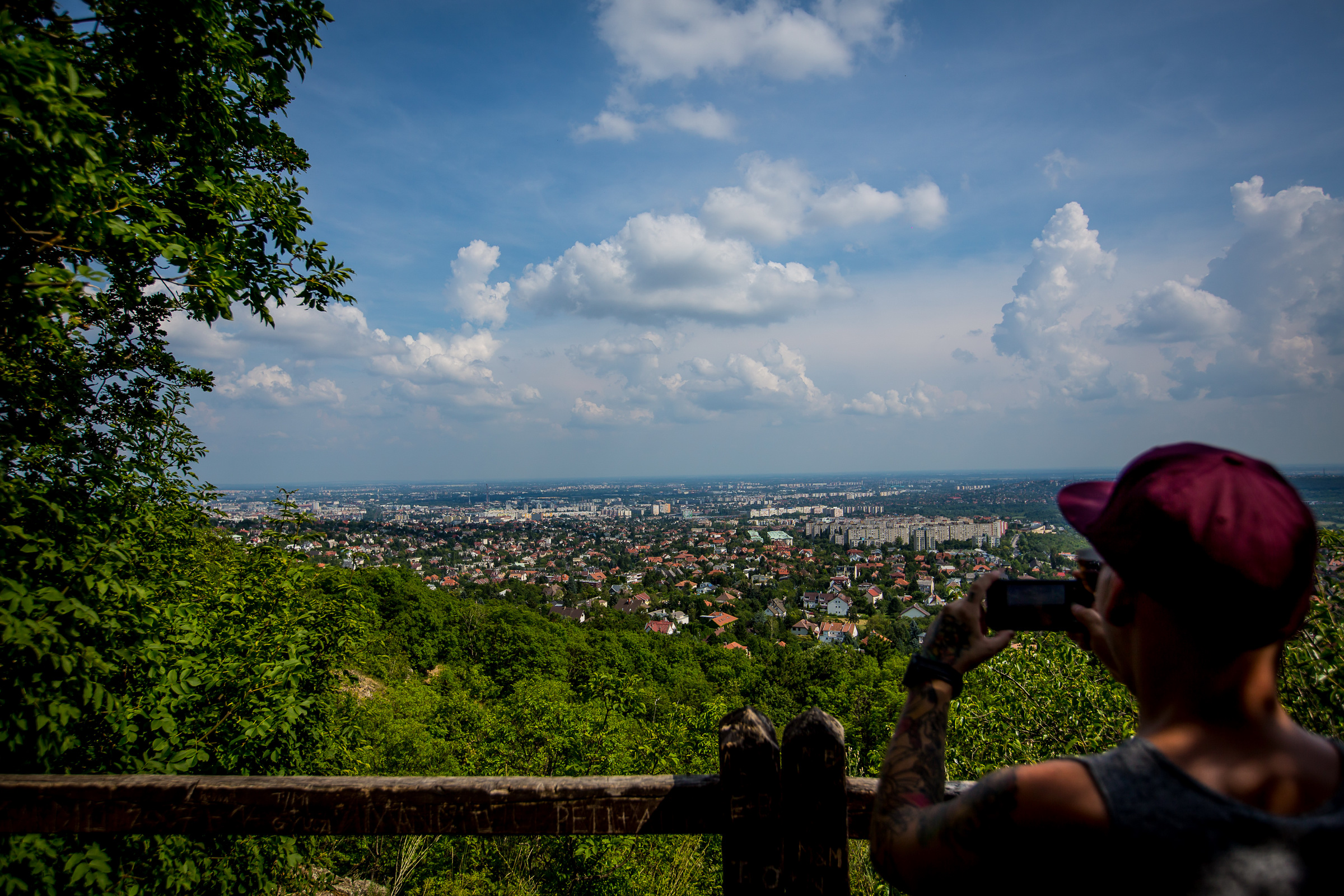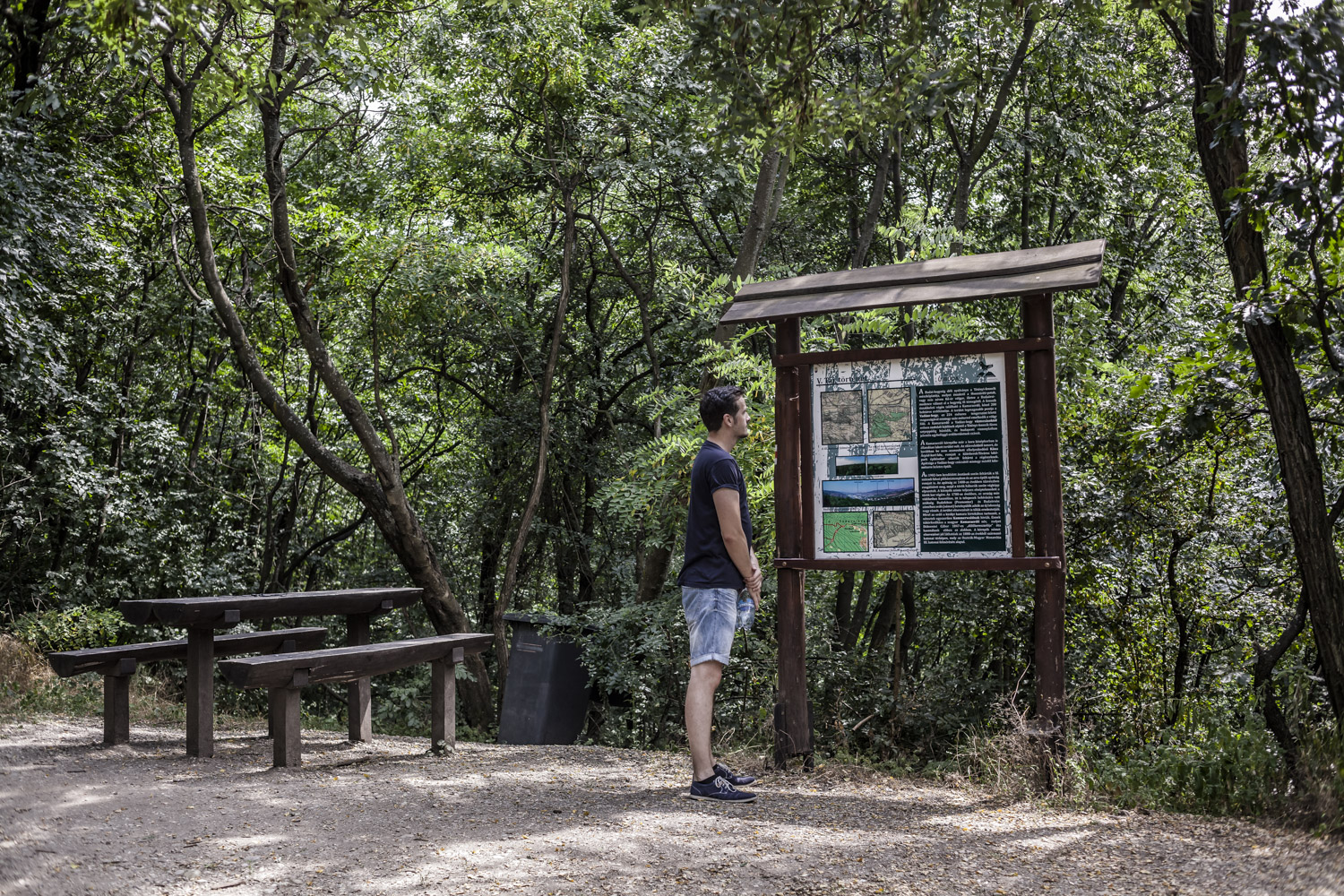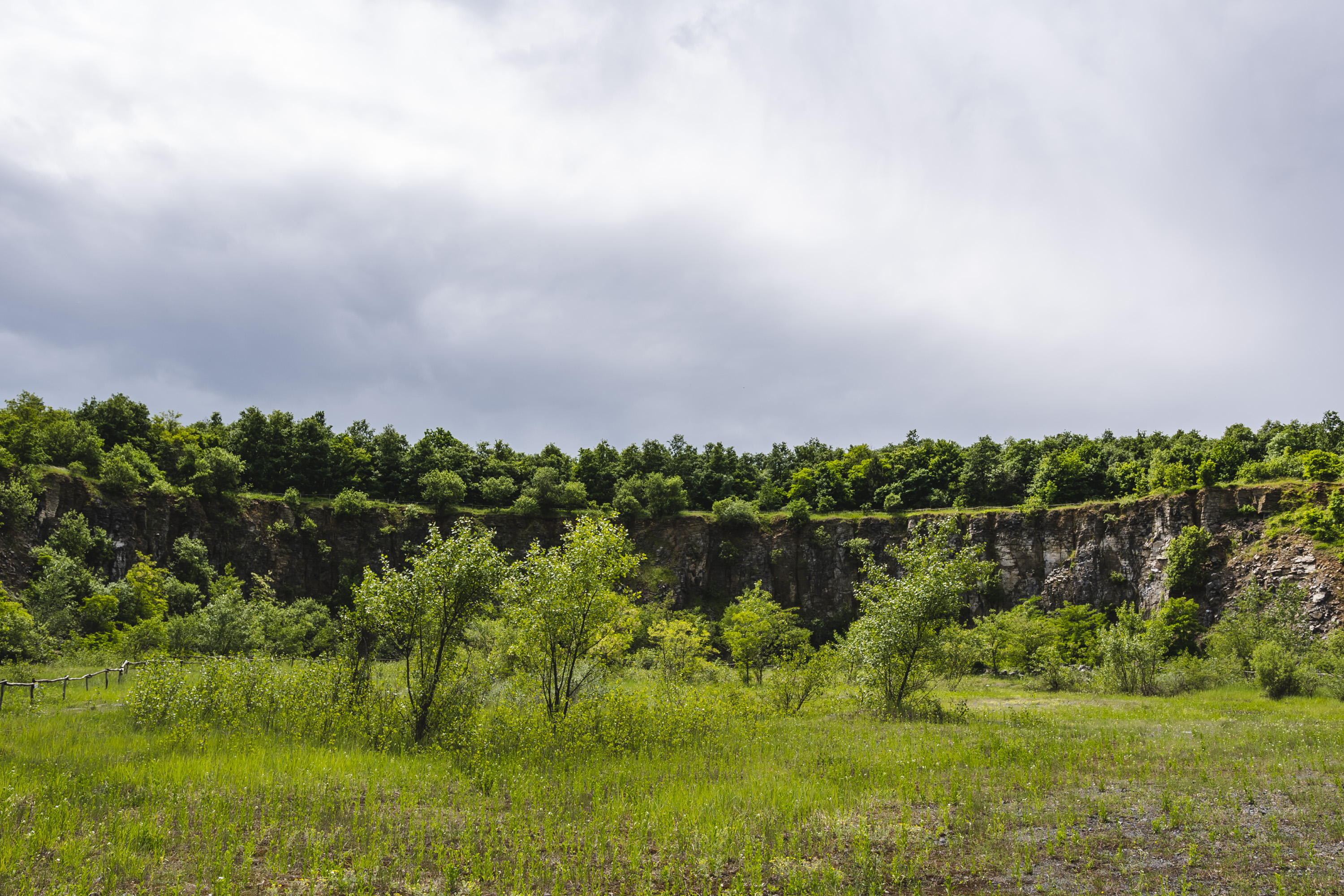1/3
Stretching across some 200 hectares of District XI is one of the largest forests in Budapest. A half-hour ride from Móricz Zsigmond körtér to the terminus of tram 41 will get you there, or bus 87 and 187 from the M4 metro terminus at Kelenföld by bus 87 (to Kamaraerdei Ifjúsági Park) or 187, but you can also cycle there without too much traffic. It’s worth getting acquainted with the forest on the detailed information board for this easy-to-follow study trail, four kilometres long. Allow for about two hours and ascent of about 100 metres. For adventurers, it is worth conquering the highest point of the forest, the 224-meter-high Vadász Hill, with a beautiful view of nearby Budaörs Airport, the Budaörs hills and the Sváb-hegy. Kamaraerdő (‘Chamber Forest’) contains domestic trees, mainly oaks, but foresters unfortunately also have to deal with the spread of invasive alien varieties. In early spring you can admire the bright yellow pheasant’s eye flowers, in early summer purple lady orchids. Badgers, foxes, deer and wild boars are also said to appear. In addition to the nature trail, several hiking trails cross the forest, the meeting point of which is spacious Nagyrét. More information boards, benches and campfire sites can be found here, and you can even stretch out your visit to an all-day affair by supplementing a forest walk with a picnic or, when quarantine measures are lifted, a barbecue. The 12-stop nature trail is connected to the three-kilometre hiking trail of the Tétény Plateau at the signboard there, so you can also combine the two.







